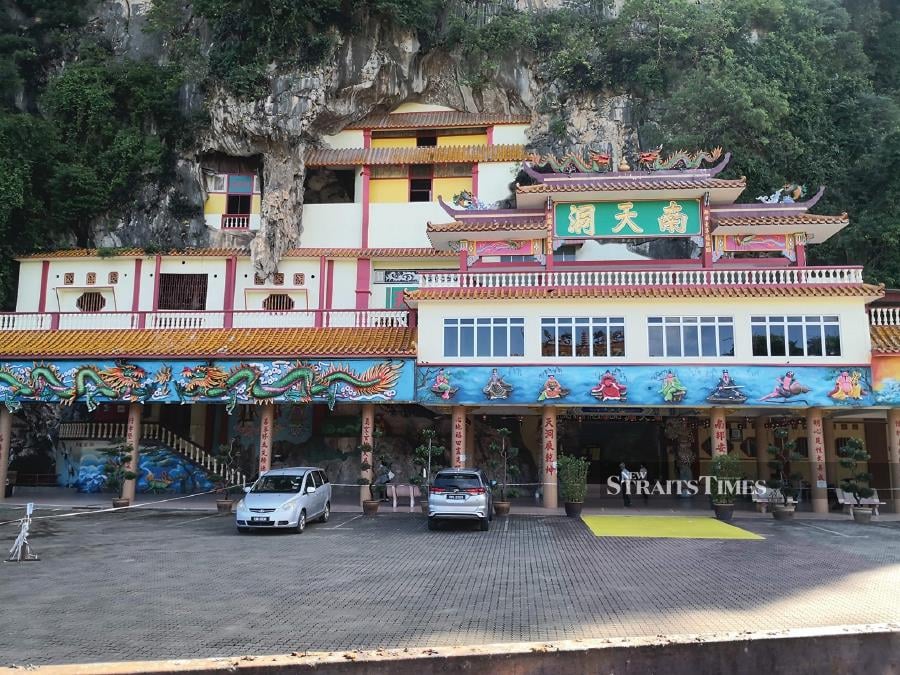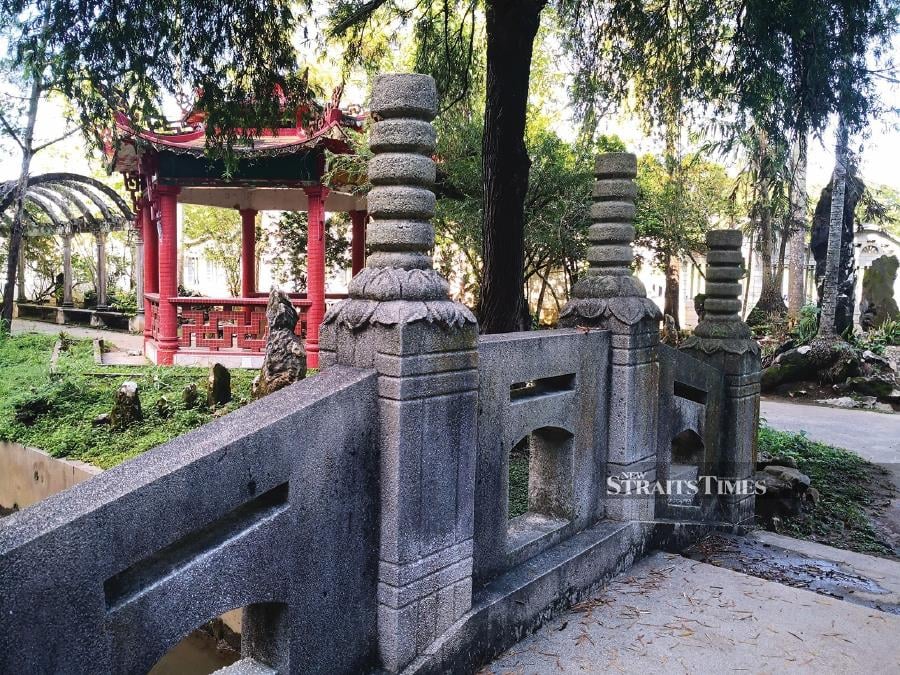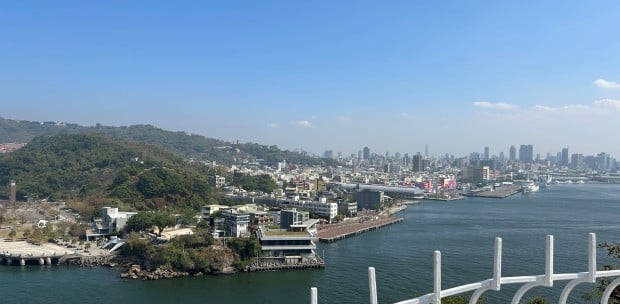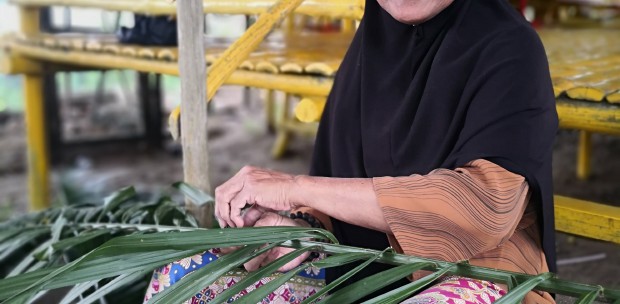MY friend breaks into a wide grin and waves from his table after realising my presence at the recently opened Hard Rock Cafe Ipoh. While appreciating the colourful and well-lit interior filled with ravenous diners tucking into tantalising snacks, I recall his rather cryptic WhatsApp message requesting a lunch meet-up at this Jalan Sultan Iskandar restaurant that has been receiving rave reviews.
The missive's juicy details about a photograph hoard, however, was enough to rouse curiosity and prompt me to head over to this popular Americana dining spot in Ipoh's happening Palo 101 lifestyle hub.
CAVERNOUS GROTTO
Everything falls into place when he hands over an envelope filled with cave temple images. Revelations about hidden parks, secret staircases and a mysterious monk prompt us to quickly finish the premium steak burger meal and head off to Gunung Rapat where Ipoh's most famous limestone shrine cluster has been attracting tourists and devotees for decades.
First stop is the famed Sam Poh Tong Temple, which is the biggest of its kind in Malaysia.
Successfully blending stunning man-made architecture with charming natural allure, this cavernous grotto is filled with intricately carved religious statues interspersed among ancient stalactites and stalagmites formed after centuries of limestone degradation by rain water.
While walking towards the main entrance at the temple gateway, it is easy to imagine how this huge cave attracted the attention of a monk from China who called at Ipoh in the late 19th century. Legend has it that th
e pious visitor was so taken in by the quiet seclusion and surrounding serenity that he decided to make it his permanent abode to meditate towards enlightenment.
Later, the cave became home to local monks and nuns who valued simplicity over material wealth. By 1950s, the growing number of devotees, who came to advance their spiritual wellbeing, collected sufficient funds to construct a rudimentary temple that is the forebearer of the large complex seen today.
Venturing further into the temple, meandering passageways filled with a striking collection of religiously inclined paintings and murals eventually open up to a landscaped garden complete with a Japanese koi pond and a tortoise enclosure.
FOLKLORE CHARACTERS
A short distance away from Sam Poh Tong Temple is Ling Sen Tong Cave Temple. Filled with Taoist deity statues, its name aptly translates as the Rock of Heavenly Spirits. At the same time, there are also sculptures representing folklore characters like the monk Xuan Zhang and his loyal disciple, the Monkey God, from the Chinese classic 'Journey to the West'.
Widely considered the most colourful and attractive temple within the Gunung Rapat area, Lin Sen Tong Cave Temple's distinctive facade features eye-catching yellow roofs, towering red pillars and striking blue walls. Complementing this appealing frontage, which was built in 1967 and last renovated in 1983, are well-sculpted animal figurines in the spacious courtyard that represent the Chinese zodiacs.
Entering the main prayer hall, visitors are welcomed by another Monkey God statue at a side alcove that is made to closely resemble the mythical Water Curtain Cave — the legendary abode shared by the deity with his simian troupe. Together with the ever-present smell of burning joss sticks and lighted oil lamps, the upper section of the hall that is heavily stained with soot bears proof of the enduring devotee steadfastness in offering prayers to the statues positioned on altars built into the surrounding cave walls.
MYSTERIOUS SHRINE
It is already late afternoon by the time we arrive at Nam Thean Tong Cave Temple. Widely considered the oldest temple of its kind in Ipoh, the revered shrine's location is rather secluded and least visible from the main road, compared with the earlier two temples. Sitting at the foot of an imposing limestone outcrop and set amidst a backdrop of hills and lush greenery, it is said to have been established by Kuong San Teik, a priest who mysteriously appeared in 1867.
Obviously saving the best for the last, my friend leads the way through a series of narrow and steep staircases that eventually end up at a vantage point offering breathtaking views of the surrounding Kinta Valley. Taking in the sights also give us the opportunity to pit skills against each other to identify distant landmarks.
It takes some time for our eyes to get used to the darkness once again when we embark on a different route on the way down. While it is already difficult to negotiate the narrow walkway, the task is made even more challenging by occasionally taking eyes off the dimly lit path to marvel at colourful hand-painted frescoes depicting deities and mythical creatures such as dragons and phoenixes that adorn the cave walls.
Embark on a bus trip to Ipoh and explore its cave temples with this redBus promo code.









